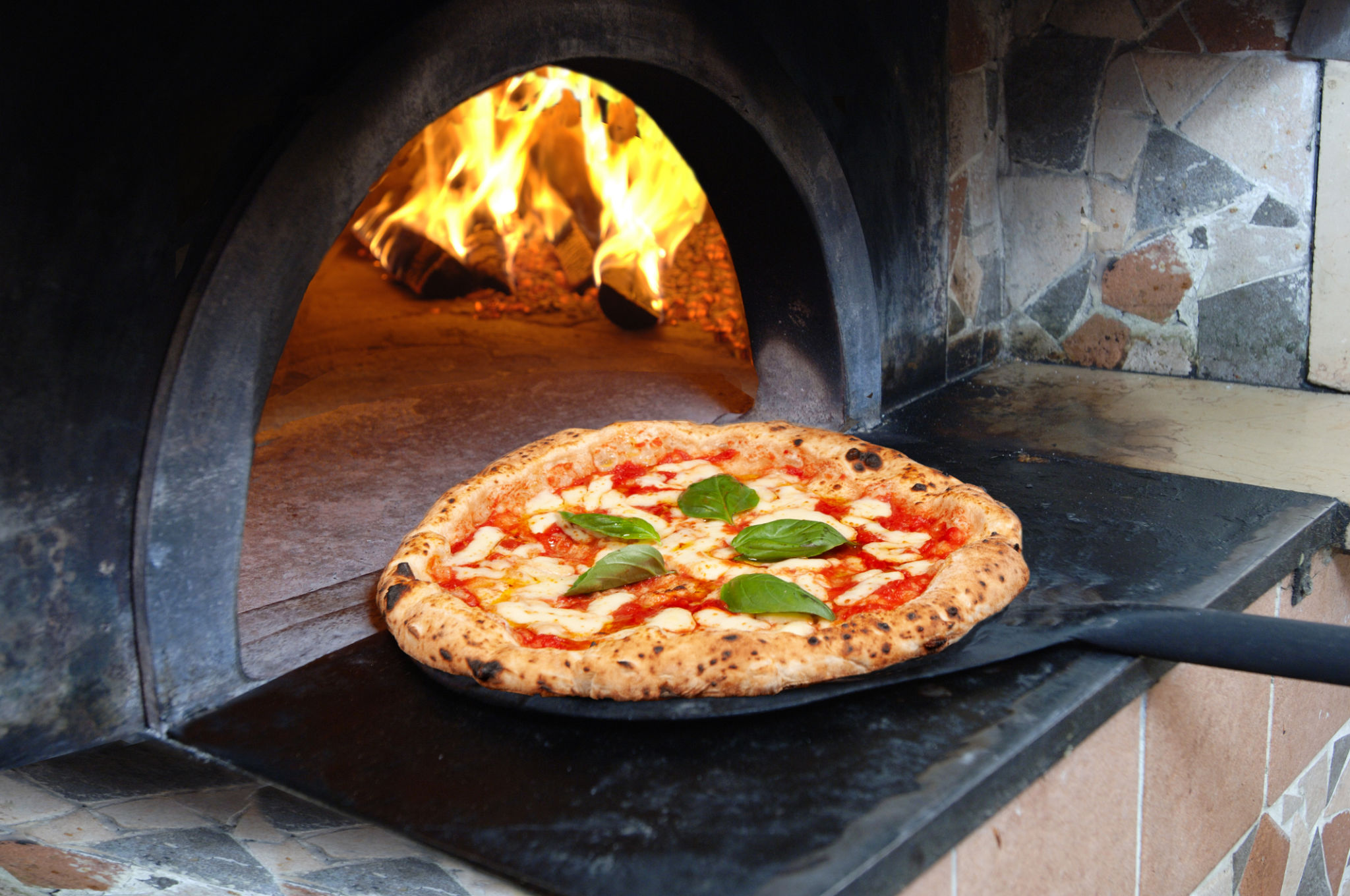Exploring the History and Evolution of Italian Pizza
The Origins of Pizza
Pizza, a beloved dish around the globe, has a rich and storied history. Its roots can be traced back to ancient civilizations, where flatbreads were topped with various ingredients. However, the pizza we know today began to take shape in the 18th century in Naples, Italy. This bustling port city was home to a vibrant culinary culture, where the poor needed accessible and affordable food options.
Neapolitan pizza, the original style, was simple yet flavorful. It consisted of a flatbread topped with tomatoes, cheese, olive oil, and sometimes fresh basil. The use of tomatoes was revolutionary at the time, as they were once thought to be poisonous. This combination eventually became the iconic pizza Margherita, named after Queen Margherita of Savoy.

Pizza's Journey Across the Globe
Pizza's journey beyond Italy began in the late 19th and early 20th centuries, largely due to Italian immigrants moving to North America. These immigrants brought their culinary traditions with them, introducing their new communities to the delights of pizza. Initially, pizza was mostly enjoyed within Italian neighborhoods, but its popularity soon began to spread.
In the United States, pizza underwent several transformations. The classic Neapolitan style evolved to cater to American tastes and preferences. The crust became thicker and more varied, and the toppings expanded to include a wide array of ingredients like pepperoni and mushrooms.

The Rise of Pizza Chains
The mid-20th century marked a significant turning point for pizza with the rise of pizza chains. Companies like Domino's and Pizza Hut emerged, offering convenient delivery and standardized recipes that catered to a mass audience. These chains helped solidify pizza as a staple in American fast food culture.
With these developments, pizza became more than just a meal; it was a cultural phenomenon. The ability to customize pizzas with various toppings and crust styles made it a versatile dish that appealed to diverse tastes. This adaptability played a crucial role in its global success.

Modern Innovations in Pizza
In recent years, there has been a resurgence of interest in traditional styles of pizza, such as wood-fired and artisanal varieties. Many chefs are returning to the roots of Neapolitan pizza, focusing on high-quality, locally sourced ingredients and traditional cooking methods.
Innovations haven't stopped at tradition, though. Creative chefs are experimenting with unique toppings and styles, leading to gourmet pizzas that include everything from truffle oil to unconventional ingredients like figs and prosciutto.

The Cultural Impact of Pizza
Today, pizza is more than just a dish; it's a cultural icon that represents comfort and community across the world. It has inspired festivals, competitions, and even world records. The annual World Pizza Championship in Italy celebrates pizzaiolos who push the boundaries of this classic dish.
Beyond just food, pizza has become a symbol of social gatherings. Whether it's a casual family night or a party with friends, pizza is often at the center of shared experiences. Its ability to bring people together is part of what makes it so special.

Continuing Evolution
The evolution of pizza is far from over. As global culinary tastes continue to expand and intermingle, pizza will undoubtedly continue to adapt and transform. Whether through new cooking technologies or the fusion of different culinary traditions, the future of pizza promises to be just as exciting as its past.
As we explore new frontiers in cuisine, we can be certain that pizza will remain a cherished favorite. From its humble beginnings in Naples to its status as an international sensation, pizza's journey is a testament to its enduring appeal.
